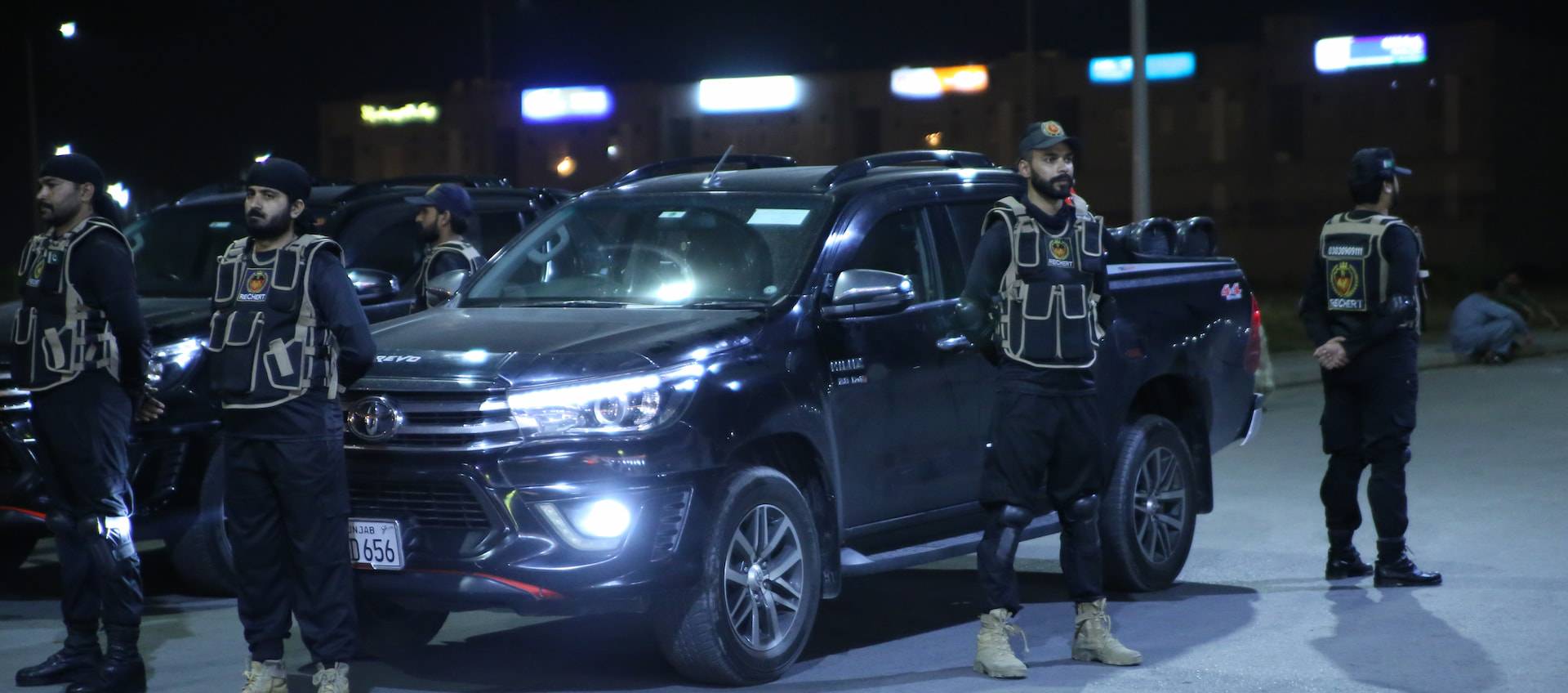Seoul, South Korea
For the first time in decades, a nuclear-capable US Navy ballistic missile submarine, by has made a port call in South Korea. This move comes just days after North Korea test-fired what it claimed was a solid-fueled intercontinental ballistic missile. The presence of the Ohio-class ballistic missile submarine in the South Korean port city of Busan was announced by the country’s Defense Ministry on Tuesday afternoon.
It came as Kurt Campbell, coordinator for the Indo-Pacific at the US National Security Council, was at the inaugural meeting in Seoul of the Nuclear Consultative Group (NCG). The NCG is a joint US and South Korean panel set up by the countries’ leaders at a summit in Washington in April. The arrival of the submarine follows a period of heightened tensions on the peninsula. North Korea has conducted tests of what it claimed to be an advanced long-range missile.
Kim Yo Jong’s Warning
Kim Yo Jong, sister of North Korean leader Kim Jong Un and a senior official in her own right, said in a statement Monday the deployment of a US ballistic missile submarine to the peninsula would damage already fractured lines of communication between the two sides. Statement warns US’s extended deterrence & alliance may push DPRK away from negotiating table. It views these actions as threatening and counterproductive to dialogue.
Sub can carry up 80 warheads
Known colloquially as “boomers,” each of the Ohio-class subs can carry a maximum of 20 Trident II ballistic missiles. According to the Nuclear Threat Initiative, each Trident missile can carry four nuclear warheads. This means each US ballistic missile submarine could potentially have around 80 nuclear warheads onboard.
Port call agreed upon by US President Biden & South Korean President Yoon Suk Yeol during their April meeting in the US. It highlighted the shared commitment to regional security and cooperation. The “Washington Declaration” encompassed measures aimed at deterring Pyongyang from attacking its southern neighbor. These actions aimed to dissuade any potential aggression.
US-ROK Alliance Summary
Biden: Mutual defense treaty ironclad. We’re committed to extend deterrence, including nuclear threat & deterrent. The establishment of the NCG came out of that Biden-Yoon meeting. In a joint statement on Tuesday the two allies said the NCG would enhance “combined deterrence and response posture.”
With the support of US & ROK’s collective strength ensures peace & stability on the Korean Peninsula & Indo-Pacific region. It highlighted the shared commitment to regional security and cooperation. In the inaugural NCG meeting, the US reaffirms and strengthens its commitment to extend deterrence to ROK, backed by the full range of US capabilities, including nuclear options
Little military value
“US Navy sub in South Korean port = symbolic, analysts say. In fact, it would reduce the military value of the sub. US & South Korea reduce sub’s stealthiness, says Carl Schuster, former US Pacific Command director. Trident missiles: 4,600-mile range, capable of targeting North Korea from vast Pacific, Indian, or Arctic oceans. “In April, Blake Herzinger said US submarines don’t need to be near Korea to reach potential targets.”
One of the keys to nuclear deterrence is uncertainty. US ballistic missile sub lurks deep in ocean, within striking range of Pyongyang, thousands of miles away. However, it would be near impossible for North Korea to spot. One arriving in South Korea on a port visit must arrange it 24 to 48 hours in advance. This visibility gives North Korea an advantage,” Schuster said. “If Kim Jong Un was looking to do a surprise strike, we’ve given him the submarine’s location and time it will be there,” Schuster said. He expressed concern over the potential risks.
Source: https://edition.cnn.com/2023/07/18/asia/us-navy-ballistic-missile-submarine-south-korea-intl-hnk-ml/index.html
















